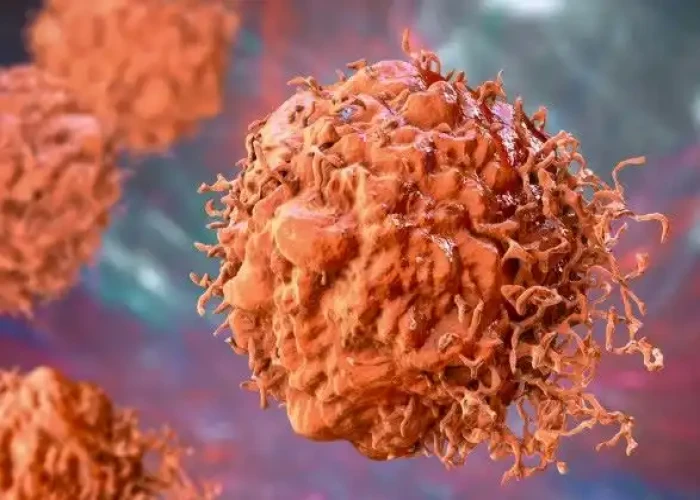 Welcome
Welcome
“May all be happy, may all be healed, may all be at peace and may no one ever suffer."
Wilms' tumor

Wilms' tumor, also known as nephroblastoma, is a rare type of kidney cancer that primarily affects children. It is named after Max Wilms, a German surgeon who first described the tumor in 1899.
Wilms' tumor usually develops in one kidney, but it can occasionally affect both kidneys. The tumor typically arises from immature kidney cells, and it can be made up of different types of cells. The exact cause of Wilms' tumor is unknown, but it is thought to be related to genetic mutations that affect the development of the kidneys.
The symptoms of Wilms' tumor can vary depending on the size and location of the tumor, but they may include:
- Swelling or a lump in the abdomen
- Abdominal pain
- High blood pressure
- Blood in the urine
- Loss of appetite or weight loss
- Fever
Wilms' tumor is typically diagnosed through a combination of physical examination, medical history, imaging tests, and biopsy. Treatment typically involves surgery to remove the tumor, followed by chemotherapy and sometimes radiation therapy. The specific treatment plan will depend on the stage of the tumor, as well as other factors, such as the age of the child and the presence of other health conditions.
The prognosis for children with Wilms' tumor is generally good, particularly if the cancer is diagnosed and treated early. However, the long-term outlook can depend on various factors, such as the stage of the tumor at diagnosis and the presence of any genetic abnormalities. Follow-up care is important to monitor for any signs of recurrence and to address any long-term effects of treatment.
Research Papers
Disease Signs and Symptoms
- Abdomen pain
- Shortness of breath (dyspnea)
- Loss of appetite
- Constipation
- Nausea or vomiting
- Blood in urine (hematuria)
- Fever
- Swollen abdomen (Ascites)
- Abdomen cramps
- High blood pressure (hypertension)
Disease Causes
Wilms' tumor
It's not clear what causes Wilms' tumor, but in rare cases, heredity may play a role.
Cancer begins when cells develop errors in their DNA. The errors allow the cells to grow and divide uncontrollably and to go on living when other cells would die. The accumulating cells form a tumor. In Wilms' tumor, this process occurs in the kidney cells.
In rare cases, the errors in DNA that lead to Wilms' tumor are passed from a parent to the child. In most cases, there is no known connection between parents and children that may lead to cancer.
Disease Prevents
Wilms' tumor
Wilms' tumor can't be prevented by anything you or your child can do.
If your child has risk factors for Wilms' tumor (such as known associated syndromes), the doctor may recommend periodic kidney ultrasounds to look for kidney abnormalities. Although this screening can't prevent Wilms' tumor, it may help detect the disease at an early stage.
Disease Treatments
Treatment for Wilms' tumor usually involves surgery and chemotherapy, and sometimes radiation therapy. Treatments may vary by the stage of the cancer. Because this type of cancer is rare, your child's doctor may recommend that you seek treatment at a children's cancer center that has experience treating this type of cancer.
Surgery to remove all or part of a kidney
Treatment for Wilms' tumor may begin with surgery to remove all or part of a kidney (nephrectomy). Surgery is also used to confirm the diagnosis — the tissue removed during surgery is sent to a lab to determine whether it's cancerous and what type of cancer is in the tumor.
Surgery for Wilms' tumor may include:
- Removing part of the affected kidney. Partial nephrectomy involves removal of the tumor and a small part of the kidney tissue surrounding it. Partial nephrectomy may be an option if the cancer is very small or if your child has only one functioning kidney.
- Removing the affected kidney and surrounding tissue. In a radical nephrectomy, doctors remove the kidney and surrounding tissues, including part of the ureter and sometimes the adrenal gland. Nearby lymph nodes also are removed. The remaining kidney can increase its capacity and take over the job of filtering the blood.
- Removing all or part of both kidneys. If the cancer affects both kidneys, the surgeon removes as much cancer as possible from both kidneys. In a small number of cases, this may mean removing both kidneys, and your child would then need kidney dialysis. If a kidney transplant is an option, your child would no longer need dialysis.
Chemotherapy
Chemotherapy uses powerful drugs to kill cancer cells throughout the body. Treatment for Wilms' tumor usually involves a combination of drugs, given through a vein, that work together to kill cancer cells.
What side effects your child may experience will depend on which drugs are used. Common side effects include nausea, vomiting, loss of appetite, hair loss and higher risk of infections. Ask the doctor what side effects may occur during treatment, and if there are any potential long-term complications.
Chemotherapy may be used before surgery to shrink tumors and make them easier to remove. It may be used after surgery to kill any cancer cells that may remain in the body. Chemotherapy may also be an option for children whose cancers are too advanced to be removed completely with surgery.
For children who have cancer in both kidneys, chemotherapy is administered before surgery. This may make it more likely that surgeons can save at least one kidney in order to preserve kidney function.
Radiation therapy
Depending on the stage of the tumor, radiation therapy may be recommended. Radiation therapy uses high-energy beams to kill cancer cells.
During radiation therapy, your child is carefully positioned on a table and a large machine moves around your child, precisely aiming energy beams at the cancer. Possible side effects include nausea, diarrhea, tiredness and sunburn-like skin irritation.
Only a few centers in the United States, such as Mayo Clinic, offer proton beam therapy — highly targeted precision beam therapy that destroys cancer while sparing healthy tissue.
Radiation therapy may be used after surgery to kill any cancer cells that weren't removed during the operation. It may also be an option to control cancer that has spread to other areas of the body, depending on where the cancer has spread.
Disease Diagnoses
Disease Allopathic Generics
Disease Ayurvedic Generics
Disease Homeopathic Generics
Disease yoga
Wilms' tumor and Learn More about Diseases
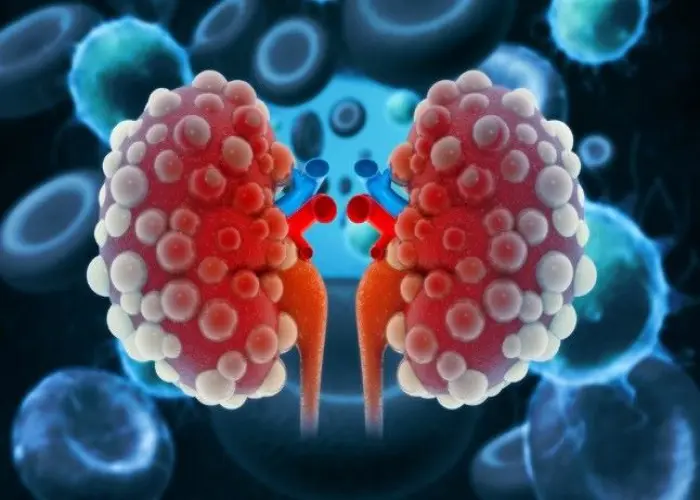
End-stage renal disease
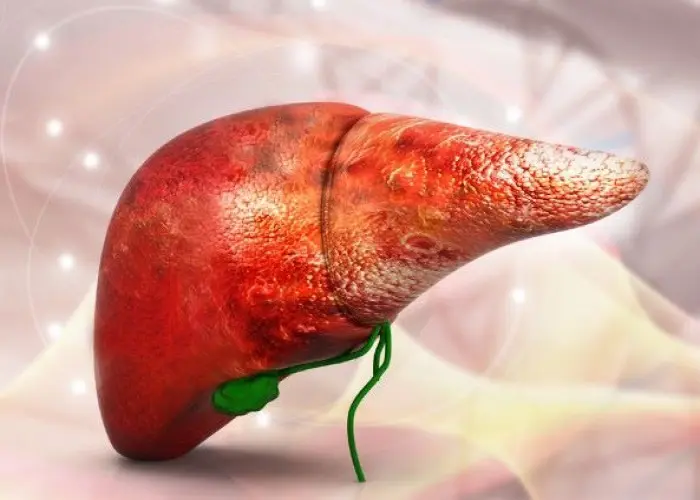
Enlarged liver
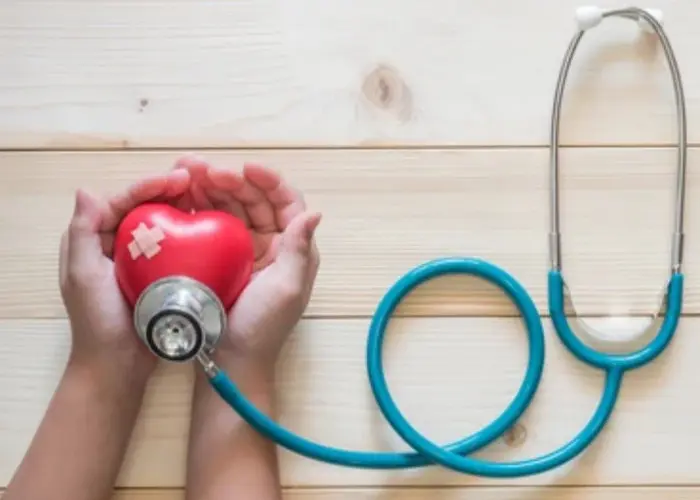
Congenital heart defects in children

Desmoplastic small round cell tumors

Hepatitis B
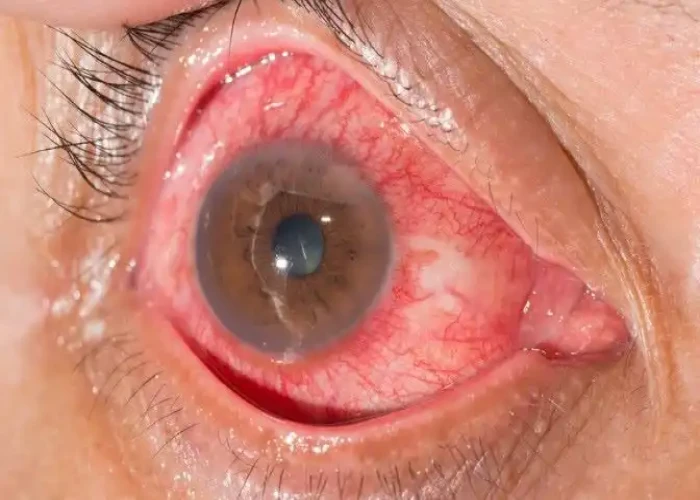
Uveitis

Carcinoid syndrome

Retrograde ejaculation
wilms' tumor, উইলমসের টিউমার
To be happy, beautiful, healthy, wealthy, hale and long-lived stay with DM3S.
